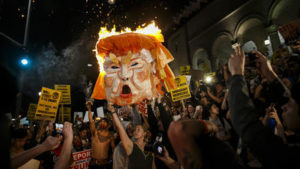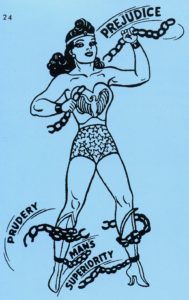This week’s topic had to do with self identity and figuring out who we are as individuals. There are many people now becoming of a mixed race and while some people will gloat and express how awesome it may be there are other’s who struggle with this. An article that I found is based off a video that Buzzfeed had made about people who are multiracial. They speak about how they don’t fit in in either one of their races because thy are not 100% that race. Some express that many people that they cross paths with will try to come up to them speaking a language and they have to tell them “I don’t understand”, and they continue to express that people expect them to fit certain stereotypes and while they may try to do so they fail because their other race isn’t that and can’t help succeed. Being of mixed race has faced its struggles because people have not been able to express who they are always having to make sure that one race doesn’t outshine the other. One man explained, ” We talk about race like it’s this built-in intrinsic thing. But the reality is, we’re mostly talking about looks, right?” . This statement does agree with what we face in society everything comes down to looks. Towards the end of the video and article the people that had been asked shared that even though people get confused about who that person may actually be they are okay with it. They embrace who they are and have become who they are because of the mixed race. One of the girl’s said “you don’t have to fit a mold that other people think they should fit”. Which shows that they are breaking any stereotypes that people may have set for them and embracing who they are.
http://aplus.com/a/what-its-like-to-be-mixed-race-buzzfeed?no_monetization=true



